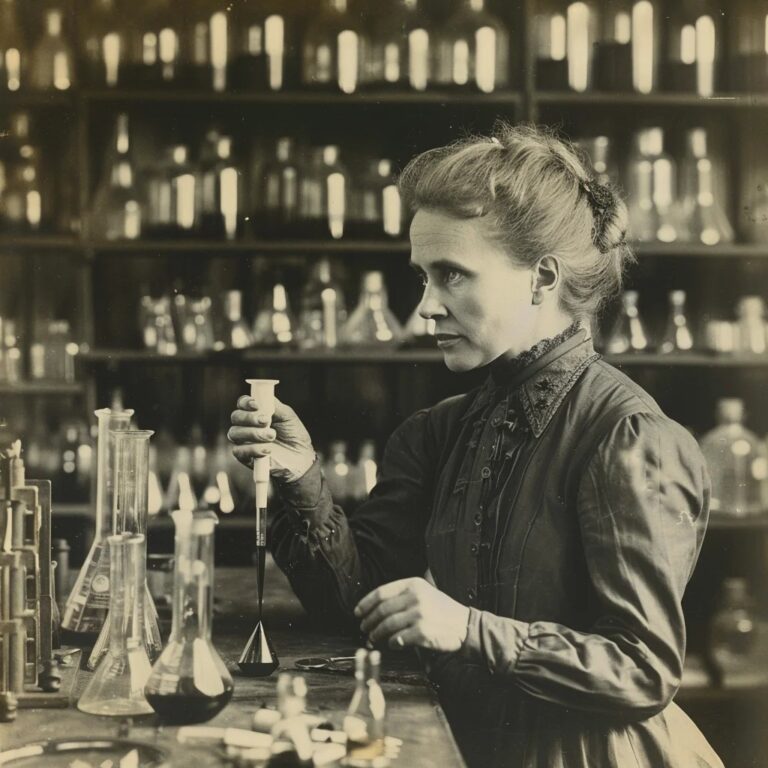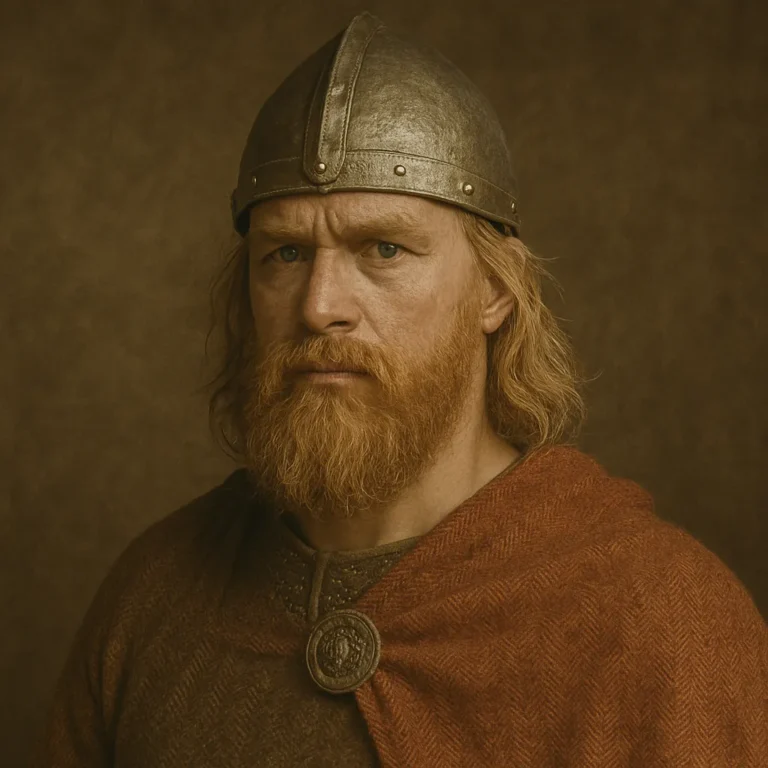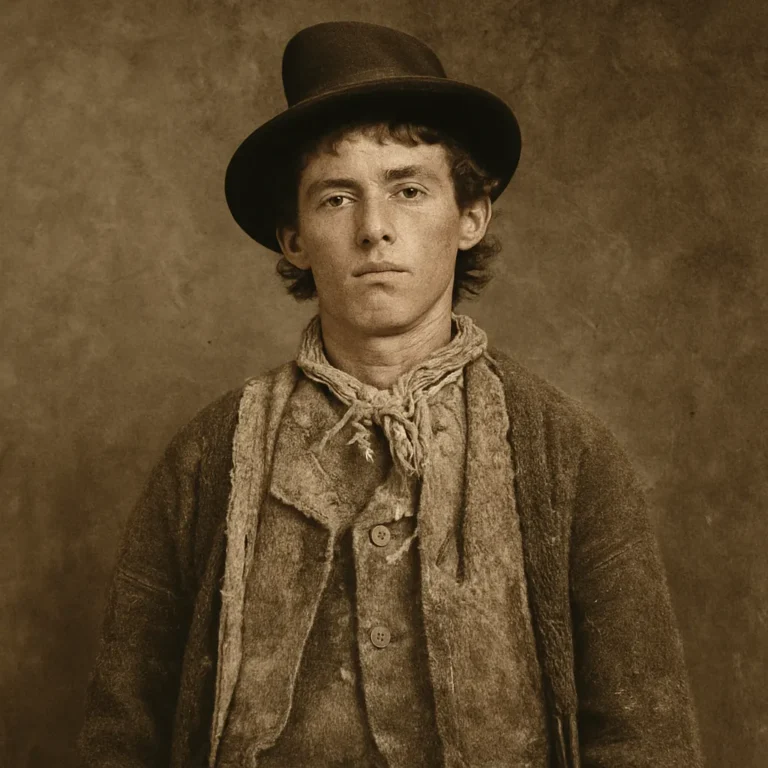Marie Curie was born on November 7, 1867, in Warsaw, Poland.
Her birth name was Maria Skłodowska; she adopted the French version, Marie, after moving to France.
She was the first woman to win a Nobel Prize, receiving the Nobel Prize in Physics in 1903.
Curie won a second Nobel Prize, this time in Chemistry, in 1911 for her work on radium and polonium.
She coined the term 'radioactivity' to describe the emission of particles from certain elements.
Marie Curie was the first female professor at the University of Paris.
During World War I, she developed mobile radiography units, known as 'Little Curies,' to assist battlefield surgeons.
Curie's research led to the development of X-ray machines.
She faced significant challenges and discrimination as a woman in science during her time.
Marie Curie's work laid the foundation for advancements in cancer treatment and nuclear energy.
She and her husband, Pierre Curie, discovered the elements polonium and radium.
Curie founded the Radium Institute (now Curie Institute) in Paris, which remains a major center for medical research.
Her daughter, Irène Joliot-Curie, also won a Nobel Prize in Chemistry in 1935.
Marie Curie died on July 4, 1934, from aplastic anemia, likely caused by prolonged exposure to radiation.
Curie's notebooks and personal belongings are still radioactive and are stored in lead-lined boxes for safety.



